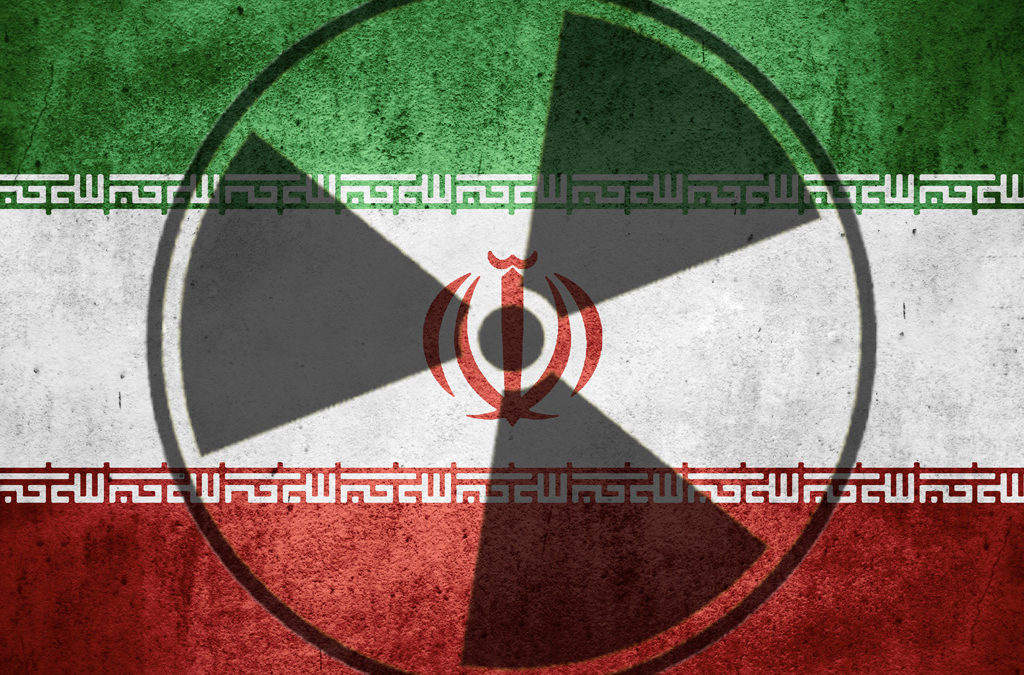Clara Portela is Assistant Professor of Political Science at Singapore Management University and Visiting Professor at the College of Europe.
When the Iran nuclear deal was signed, it was celebrated as a diplomatic success, especially for the United States. Media reports focused on the image of U.S. Secretary of State John Kerry negotiating the deal. However, closer inspection reveals that it was not exclusively U.S. action that was responsible for the success. In the absence of the contributions made by the European Union (EU) and the United Nations (UN), the dispute over the Iranian nuclear file would not have been resolved. The process that led to the much-applauded agreement involved a complex interaction of three international actors in an example of felicitous ‘team-work’.
The EU took the lead in negotiating with Tehran and worked to engage Washington in the diplomatic process, after the U.S. administration had long ruled out direct contacts with Iran. France, Germany and the UK, labelled the ‘E3’ or ‘EU3’, initiated the talks with Tehran, offering incentives to Iran if it would agree to restrictions on its nuclear program. These talks later morphed into an all-EU framework thanks to the appointment of its High Representative for the Common Foreign and Security Policy (CFSP), Javier Solana, as the main negotiator. An initial agreement was reached by the parties in Paris in November 2004, but this broke down shortly afterwards. The EU then brought the matter to the Board of Governors of the International Atomic Energy Agency, and it was then referred to the UN Security Council (UNSC). The negotiation format evolved into the ‘EU3+3’ or ‘P5+1’ formula which involved Washington, Beijing and Moscow.
The unanimous adoption of UNSC resolutions against Iran provided legal authorization and political legitimation for the EU to wield strict sanctions. The measures adopted by the EU, closely following sanctions imposed by the U.S., considerably increased the economic pressure on Iran. After decades of U.S. trade restrictions on Iran, bilateral exchanges between the United States and Iran remained modest. By contrast, the EU was Iran’s top trading partner. The EU sanctions affected key areas such as oil imports, insurance and re-insurance of shipping companies. The sanctions also severed the connection of Iranian banks to the SWIFT network for international financial transactions. These sanctions ultimately played a significant role in the success of the negotiations.
The UNSC sanctions regime established unambiguously that reprocessing activities were prohibited and susceptible to coercive measures. Prior to the Iran sanctions, which unfolded in parallel to the regime against North Korea, non-proliferation sanctions had only been wielded on Baghdad in the aftermath of the Kuwait war as part of a comprehensive post-conflict package. The presence of UN measures helped the EU overcame its reticence to break new ground in the non-proliferation domain. EU action also departed from its previous practice in terms of the severity of the measures. Prior to the Iran episode, most EU sanctions were modest in scale and imposed few costs. The boldness of the measures imposed from 2010 onwards was unprecedented in EU sanctions practice.
The history of the Iran nuclear deal constitutes a remarkable example of collaboration among the three actors. Their roles nicely complemented one another. The U.S. led the way by wielding non-proliferation sanctions as well as by crafting innovative financial restrictions. Brussels engaged Iran and the U.S. in a joint negotiation process, amplified the magnitude of pressure on Tehran, and instigated multilateral action in the IAEA and the UN. The Security Council elevated the level of condemnation of suspected proliferation attempts to that of Chapter VII action authorizing the use of coercive sanctions. None of these actors would have been able to reach an agreement with Tehran without the contribution of the others.
The most unexpected member in the triumphant triumvirate is the EU, a newcomer in the non-proliferation scene whose previous role in tackling nuclear crises was minimal. The EU role in the Iran deal reflected a remarkable evolution in EU foreign policy-making. The diplomatic process benefited greatly from EU involvement. Throughout the negotiations, the EU combined sanctions with incentives in formulas such as ‘freeze-for-freeze’ or ‘suspension-for-suspension’, maintaining its characteristic readiness to ease sanctions measures as soon as substantial compliance was achieved. The combination of sanctions and incentives and creative international team-work led to success.



